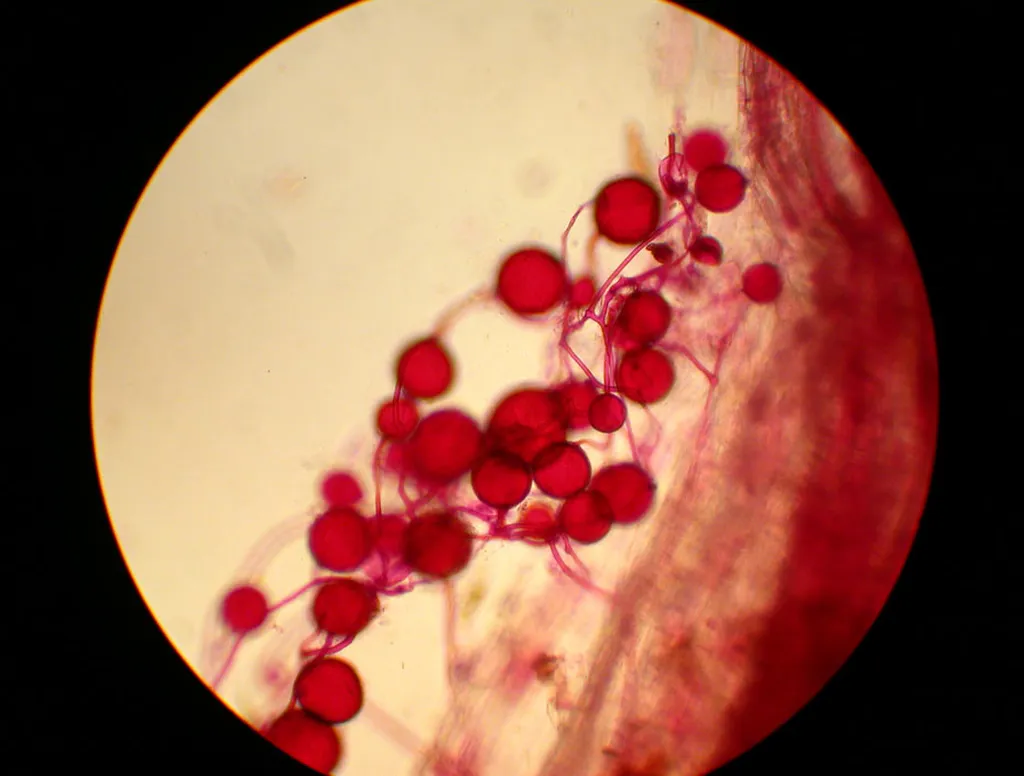In the heart of China’s Zhejiang Province, a quiet revolution is taking place, one that could reshape the future of agriculture and food security. Researchers, led by Xuqing Li from the Institute of Vegetable at the Hangzhou Academy of Agricultural Sciences, are harnessing the power of microscopic allies to transform non-grain converted lands back into productive, fertile fields. Their secret weapon? Plant growth-promoting fungi (PGPF).
The challenge is significant. As China’s population grows, so does the demand for food. Yet, the country’s cultivated land is shrinking, with vast areas converted for non-grain production. To combat this, Zhejiang Province has initiated efforts to restore these lands to grain cultivation. But how can farmers coax bountiful harvests from soil that has lain fallow or been used for other purposes?
Enter Li and her team, who have isolated and identified 15 fungal isolates from soil samples, with two standout performers: Aspergillus tubingensis (isolate TL-B31f) and Talaromyces veerkampii (isolate FY-R41f). These fungi are no ordinary organisms. They possess remarkable abilities to solubilize phosphate, produce siderophores, and generate indole-3-acetic acid—all crucial for promoting plant growth.
In vivo assays revealed that these fungi could significantly boost rice growth. “Isolates TL-B31f and FY-R41f caused a great increase in plant height, root length, seedling fresh weight, and dry weight of rice compared to the control,” Li explained. The results were striking: increases of up to 43.31% in root length and 89.77% in seedling fresh weight.
But the benefits don’t stop at plant growth. The fungi also work to improve soil health. After 55 days of inoculation, the soil content of available phosphate increased by up to 48.51% compared to the control. High-throughput sequencing analysis further revealed that these fungi reconstruct the microbial community composition of the soil, enhancing its fertility and productivity.
The implications for the agricultural sector are profound. As the world grapples with climate change, soil degradation, and the need to feed a burgeoning population, innovative solutions like these fungi could be game-changers. “Our findings highlight the potential of these isolates to be developed into novel biofertilizers for crop growth in non-grain lands,” Li said.
The research, published in the journal *Frontiers in Plant Science* (translated as “Plant Science Frontiers”), opens up new avenues for exploration. Future developments could see these fungi being cultivated and commercialized as biofertilizers, offering farmers a sustainable, eco-friendly way to boost crop yields. Moreover, the approach could be adapted to other crops and regions, potentially revolutionizing agriculture on a global scale.
As the world looks to the future, the humble fungi could well hold the key to food security. Thanks to the pioneering work of Li and her team, we’re one step closer to unlocking that potential.

